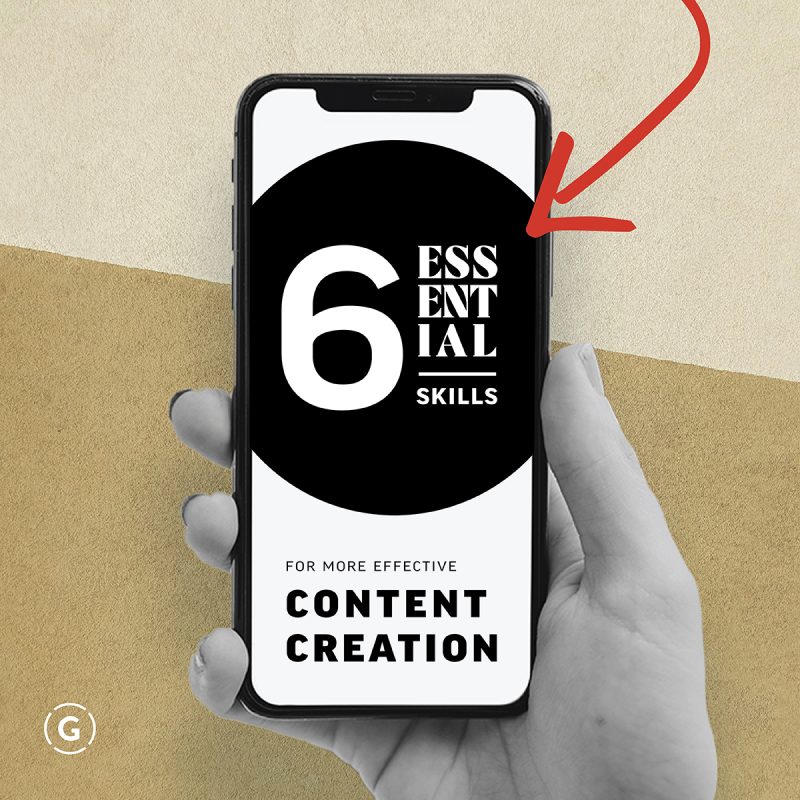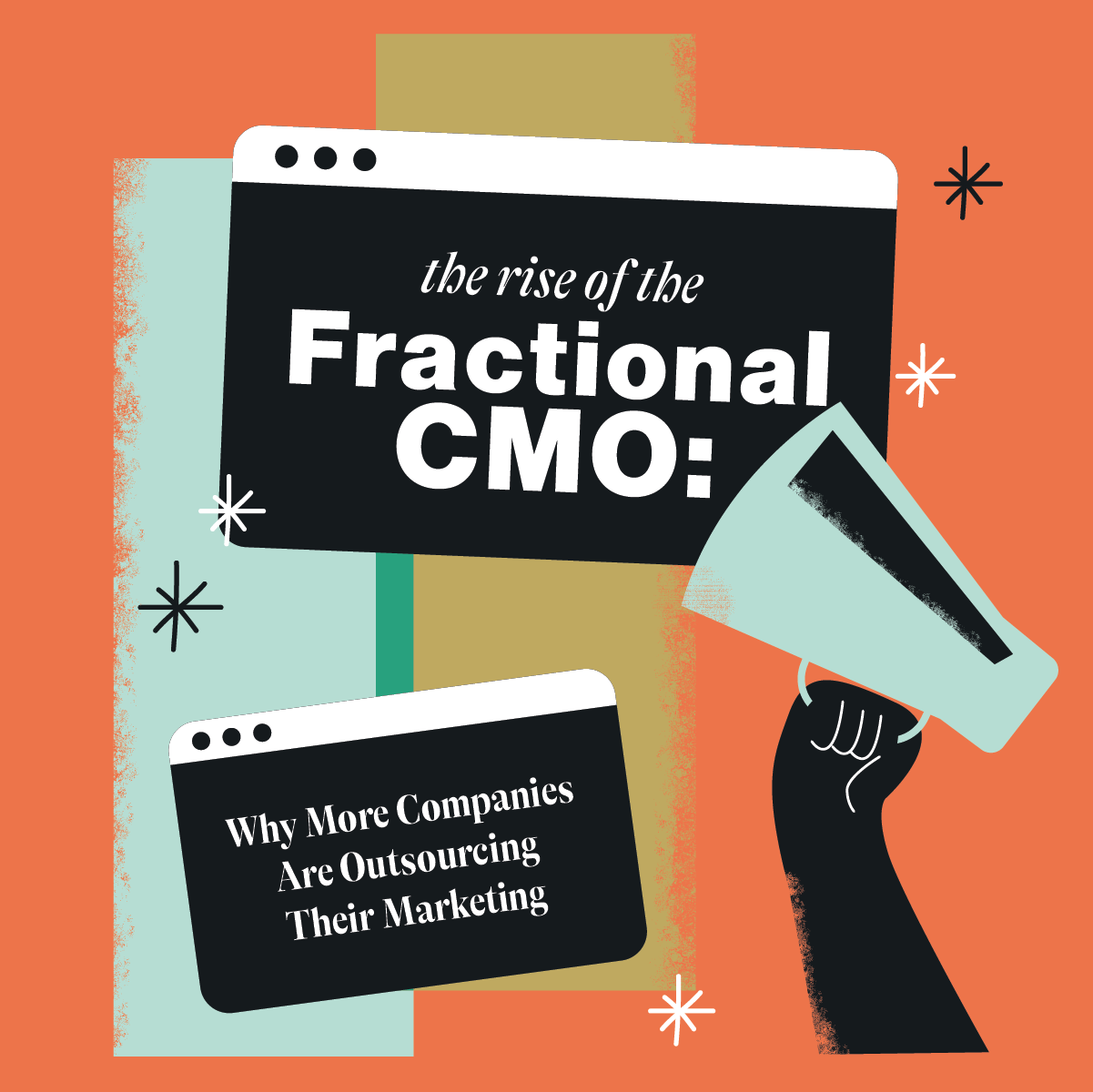Content creation has a broad meaning, with many on social media channels hustling to try and build careers as creators. But in the realm of marketing your company, content creation refers to an ecosystem of content that is purposefully developed to feature your brand and your products across each stage of your sales journey. Taking this coordinated, omnichannel approach in your content marketing strategy can make your content much more effective.
To some, that may sound easy — which explains why so many have flocked to the playing field — but it takes a very specific set of wide ranging skills to do this effectively. When deciding whether to manage your content internally or with the help of a content creation agency, weigh your team’s experience and proficiency in these critical areas.
Content Creation Research
Nothing in marketing should happen without a thorough understanding of the market. This includes researching your audiences and the competitor products they’re exposed to, as well as trends across various media channels and platforms.
Yes, you need to understand your audiences’ demographic profile, but when it comes to content creation, researching target audiences must take into account more than the standard demographic information. While it’s great to know that your audience is primarily male from 26-32 with an income of $65-85,000 per year, it’s more important to know WHY they do what they do, and HOW your product or service fits into their life. These are the insights that will allow you to create content that connects to your audience and compels them to engage with your brand.
Once you know what motivates your audiences, you need to understand how your competitors are leveraging that same information. Competitive analysis in the realm of content creation looks beyond the product offering and the pricing. Competitors’ content should be evaluated from the perspective of trying to back into the creative brief and identifying the brand’s priority message and their top three reasons to believe. Generally this needs to be done for a variety of target audience profiles, which are all exposed to the same product in different ways.
Lastly, it is important to keep up with the latest trends across the various media channels that can be used to promote your content. This is true in terms of platforms, which have somewhat rapidly shifted from Facebook to Instagram and TikTok, as well as in terms of the type of content that performs. Trends continually change the way we build content — from how long we write blogs to satisfy the Google algorithm, to how much video we create, to how early we introduce ‘the hook’ on social media, to including QR codes in our CTAs on TV ads. And next year, the things we focus on to optimize our content will likely be different.
Strategy Development
When it comes to content creation, strategy development goes far beyond creating a content calendar. If you’re creating content to sell a product, it’s important to have a deep understanding of that product’s sales funnel. The type of content you would develop, and perhaps even the channel you would use to promote it, to reach a consumer at the top of the sales funnel is very different from what you would create to reach someone who has already expressed purchase intent.
A successful content marketing strategy will take into account how each of your targeted personas is likely to engage and interact with your brand across each platform, and how much information they need at each stage of their buying journey. This can range from easily consumable, bite-sized video content for a consumer audience who is aware of your category, but not yet familiar with your brand, to highly educational, gated content for a B2B buyer who is familiar with your product or service, but needs more information to justify a buying decision.
Most importantly, you must consider all of your touchpoints in totality, not as individual tactics. Rather than a disparate multi-channel approach where all your efforts are evaluated individually, planning your content marketing as a whole – recognizing that each channel and type of content plays a distinct role in the customer journey – can make your entire content marketing effort much more powerful.
Copywriting
Whether you are creating simple image ads, videos or long form blogs, the words that accompany your ad in written or spoken form are critically important. These are the words that draw your audience in and make them think about how and why what you are selling will impact their life.
It’s not easy to be concise and compelling all at once. Yet, since we all learned to read and write in school, many people fancy themselves to be capable of copywriting. Sometimes, it only takes handing your piece to someone else for edits or comments to recognize where there is opportunity to grow. More often than not, copywriting is better left to professionals.
Technical Skills
From video production to graphic design, content creation requires a vast array of technical skills. While many tools have come on the market to help combat the costs associated with content creation, nothing can replace the skill behind knowing how to properly set up a shot, light up a room or a product, or draw your eyes purposefully down a page to each key element in just the right order.
While many content creators have had success with simple smart phones and ring lights on their personal social media channels, the stakes are much higher for commercial production and branded content creation. Every touchpoint a consumer has with your brand informs your brand image, and the value that is attached to it. That’s why professional content creation studios like our very own Studio4 are focused on consistently telling compelling brand stories across a wide range of media platforms.
Editing
It’s quite fascinating to occasionally see raw footage of a movie. Without the editors’ touch at blending shots together, layering in music, and cutting content that gets in the way of the key point, the raw footage is infinitely less compelling — sometimes almost unrecognizably so. Editing is critical to storytelling.
Surely there are stories of songs that were written in an hour and movie scenes that were shot perfectly on the first take, but most of the time, no matter the format, content must be edited. Copywriting, video production, photography and graphic design are all iterative processes. It takes skill to get the first draft very close, and it takes a keen and critical editing eye to identify when and where the first draft has room to improve.
Marketing
The greatest brand video, product photography or thought leadership piece in the world will be a waste if it is never seen. To be effective, content creation has to go well beyond creating content. It needs to be part of a strategic marketing plan that is designed to build awareness and nurture the sales funnel across multiple channels over time.
Your organic content should be bolstered by a paid media plan that is designed to draw people in to see what more you have to say. Advertising or boosting content often offers a quick hit to gaining awareness by serving up impressions to bring audiences through the proverbial door, so that your website and other digital content channels can speak to your products’ benefits and your brand’s purpose.
At Gigasavvy, we are passionate about bringing brands’ stories to life through compelling content creation, and developing strategies to ensure that audiences are drawn in. We have experience delivering results for brands through brand strategy, content creation and marketing. clients amplify their message and achieve success. Contact us to talk about what we can do for you.



